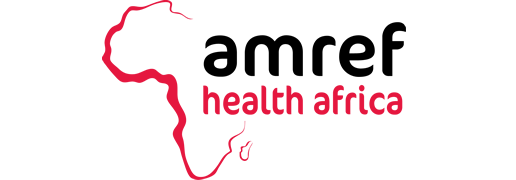NAIROBI, Kenya – April 10, 2025: Kenya has received 10,700 Modified Vaccinia Ankara–Bavarian Nordic (MVA-BN) Mpox vaccine doses. This marks a significant step in the country’s efforts to protect vulnerable populations and strengthen its health system to prevent, detect, and respond to outbreaks effectively.
The vaccines will be distributed across thirteen high-priority counties, including Busia, Mombasa, Nakuru, Makueni, Bungoma, Nairobi, Kajiado, Taita Taveta, Kericho, Kilifi, Kiambu, Uasin Gishu, and Migori. These locations have been identified based on their proximity to borders and elevated transmission risk.
During the vaccine reception at Jomo Kenyatta International Airport, Principal Secretary for Medical Services Mary Muthoni emphasised that the vaccine’s arrival in the country reflects a broader commitment to long-term health resilience. “The availability of the Mpox vaccine represents a pivotal moment in Kenya’s commitment to safeguarding public health. But no single actor can do this alone. We call on partners across sectors to strengthen collaboration in building efficient, people-centred pandemic preparedness systems. Together, we can better anticipate, respond to, and mitigate public health threats before they escalate.”
Since confirming its first Mpox outbreak in July 2024, Kenya has mounted a rapid and coordinated response. Collaboration between the Ministry of Health, county governments, and development partners has played a vital role in containing the virus. Nakuru County has recorded the highest number of confirmed cases and remains a focal point for targeted interventions, underlining the importance of continued vigilance.
As a lead partner in the response, Amref Health Africa in Kenya has supported county- and community-level initiatives to contain the outbreak and build sustainable systems. This aligns with Amref’s continental mandate to promote public health security through capacity building, policy support, and community engagement.
Dr. Meshack Ndirangu, Country Director, explained, “Mpox is a reminder that public health threats are increasingly complex and interconnected. Our response must be equally integrated. At Amref, we are advancing the One Health strategy, linking human, animal, and environmental health to build stronger, more resilient systems that protect lives and livelihoods across Africa.”
In Nakuru, Amref has trained 45 county health leaders and frontline workers as Trainers of Trainers to lead Mpox prevention efforts. Over 400 Community Health Promoters and 300 Community-Owned Resource Persons, including truck drivers and commercial sex workers, have also been sensitised on contact tracing and preventive practices. These community agents reinforce accurate health messages and encourage protective behaviours.
Amref has also expanded risk communication and community engagement efforts by training journalists from major media houses and launching targeted radio campaigns through widely accessed stations. Educational materials have been disseminated to support informed decision-making and encourage participation in prevention efforts.
The Mpox outbreak has demonstrated Kenya’s improving capacity to manage health emergencies while highlighting ongoing challenges across the region. The COVID-19 pandemic revealed significant gaps in early detection, laboratory infrastructure, risk communication, and vaccine delivery across sub-Saharan Africa.
Although progress has been made, many African countries remain below global benchmarks in emergency preparedness. According to the World Bank, an additional $3 billion annually is needed to build infrastructure capable of responding to future pandemics. With fewer than 25 per cent of countries fully equipped to implement national health security action plans, the risks extend far beyond national borders.
Bridging this gap requires sustained financial investment and a commitment to preventive health strategies, including stronger primary health care, community surveillance, and early warning systems that can contain outbreaks before they become widespread. PS Muthoni noted that this vaccine arrival is part of a strategic shift toward proactive investment, decentralised response capacity, and stronger coordination across sectors. She reaffirmed the vaccine’s safety and efficacy, citing an effectiveness rate of 82 per cent for two doses administered four weeks apart, particularly among the vulnerable population.
Echoing this, Dr Ndirangu reiterated Amref’s long-term commitment: “Amref Health Africa reaffirms its support to the Ministry of Health in advancing pandemic preparedness and health system strengthening, not just in response to Mpox, but to build long-term resilience for future generations.”
Dr Ndirangu lauded the Ministry of Health for leading these coordinated efforts with critical support from partners, including WHO Kenya, UNICEF Kenya, US CDC, Africa CDC, GAVI, and others committed to safeguarding public health and building a safer future for all Kenyans.
